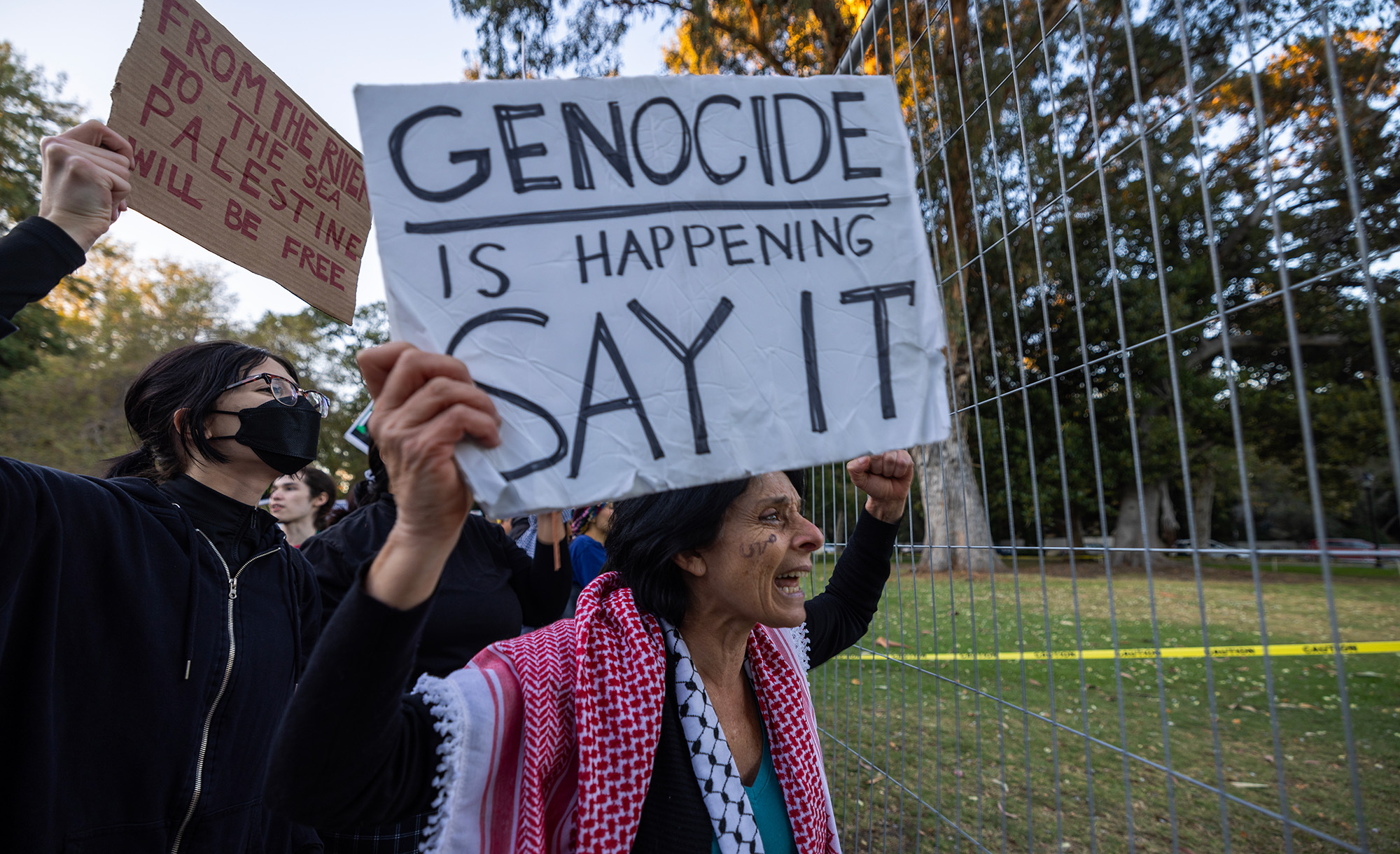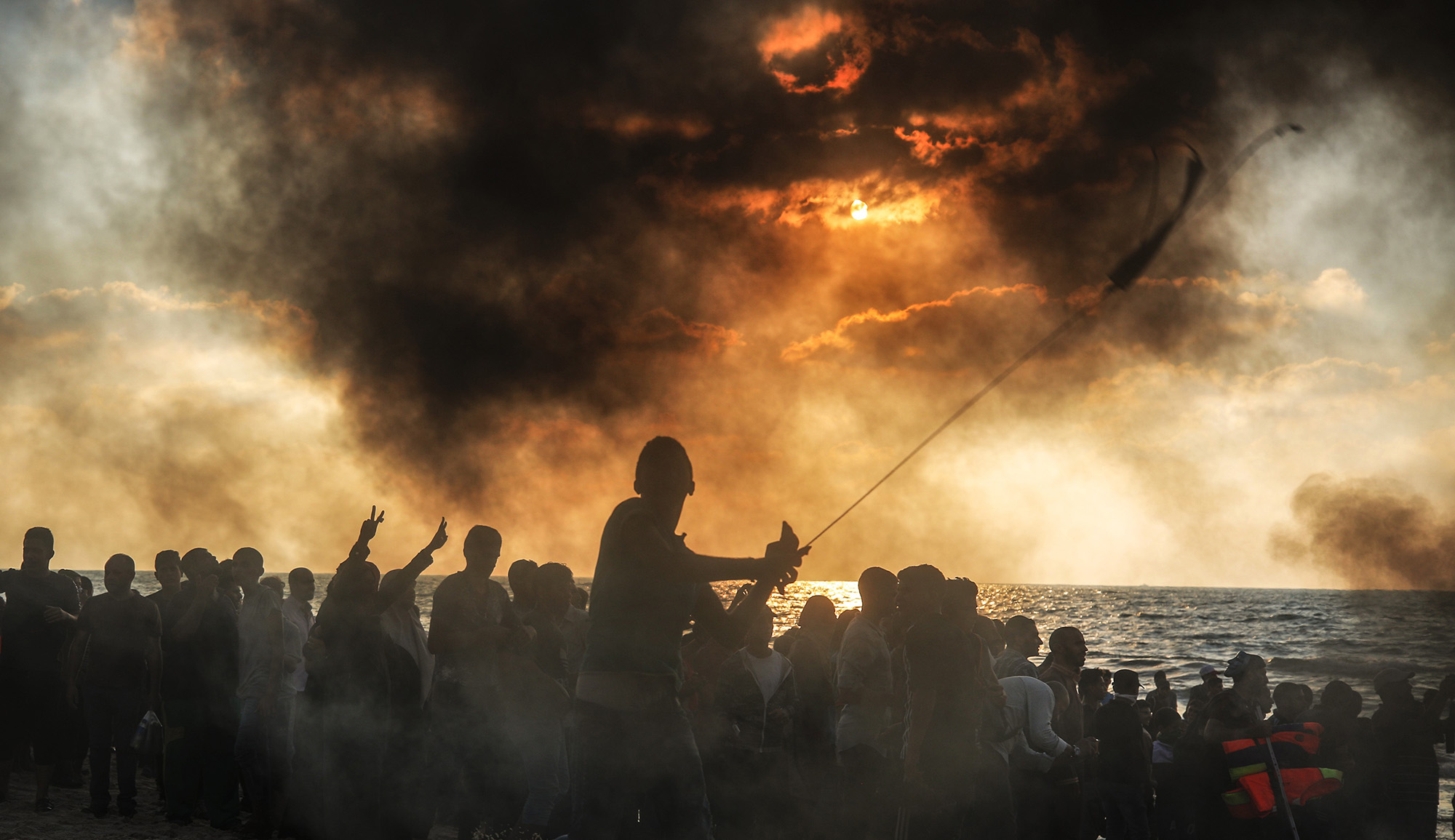Located in southwestern Missouri amid the Ozark Mountains, Springfield is the state’s third-largest city. Its Jewish community is the subject of a recent book by Mara Cohen Ioannides, published by the local county historical society. Andrew Sullender writes:
According to [Ioannides’s] research, the first Jews in Springfield were among a flux of German immigrants following the civil war, the first of which was Ludwig Ullman. Having previously worked as a Union Army doctor, Ullman came to Springfield between 1861 and 1864 to open a pharmacy downtown. He later was a founding member of the Springfield Medical Association.
“German immigrants coming to southwest Missouri were both Christian and Jewish, but the German community at the time didn’t differentiate between the groups, they were all Germans. They all saw themselves as culturally the same. So, Jews were accepted in associations where there were other Germans who were accepted,” Ioannides said.
Jews in Springfield became merchants and business owners in the downtown square. These families began worshipping together for several years before opening Temple Israel in 1893. The 128-year-old synagogue remains the place of worship for Springfield’s Jewish community to this day. At the time of its opening, only twenty Jews from Springfield and the surrounding areas worshipped there.
When Jews first immigrated to Missouri, prejudice was much less than was found in many large cities, according to Ioannides. “Small town anti-Semitism tended to be subtle,” [she added]. Because of this subtlety, there has been no documented violence against the Jewish community. But that does not mean they have not faced bigotry.
Read more at Springfield News-Leader
More about: American Jewish History, American Jewry, American South, Anti-Semitism


